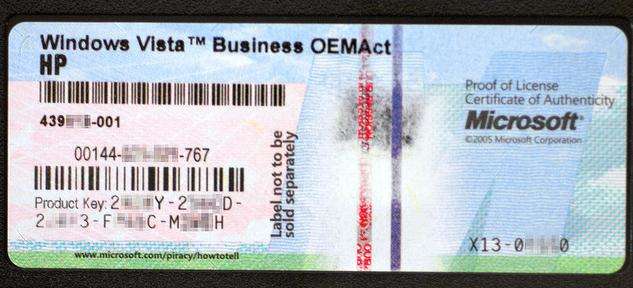
- #Dell idrac license installation install#
- #Dell idrac license installation software#
- #Dell idrac license installation password#
#Dell idrac license installation password#
idracadm -r 10.1.8.59 -u root -p PASSWORD jobqueue view You can simply list the status of all jobs run also. Job Name=Export: System configuration XML file You can view the status of any job by looking at it’s JID or Job ID. It’s easy to make mistakes in XML, so you will want a way to view the status of a job. You can modify this order in the XML below: NIC.Integrated.1-2-1, HardDisk.List.1-1, NIC.Integrated.1-1-1 Note: If you add new network interfaces you’ll need to reboot the iDRAC for them to show up in this listing so they can be manipulated. You can view the current boot order from the iDRAC via racadm commands ssh racadm get This is useful in environments where a lot of automated bare-metal provisioning might be needed. Sometimes it’s useful to switch the order of what NICs will PXE first, you can do this with an XML template. They should reboot into the PERC menu and do the right thing. The easiest way to do this is to set one machine up manually, pull the configuration down and then push it to other iDRACs. You can also carve out RAID disks with the XML templates. Future users would use Users.5 and so forth, iterating upwards. We simply appended Users.4 with a new user which will auto-create on the DRAC end. Note the Users.4 below and be sure to increment this for future additions (or track it somewhere). In this example you can easily add new users to any number of iDRACS. idracadm -r 10.1.8.59 -u root -p PASSWORD set -t xml -f host-edit.xml -l 10.1.8.30:/srv/configs You can then push this XML file to your iDRAC for application by substituting get with set above. You can now edit the XML file to change or add attributes. It’s a good idea to backup all of your configs this way before doing any major modifications. Now you should have an XML file called host.xml or whatever you called it sitting in the /srv/configs NFS share. idracadm -r 10.1.8.59 -u root -p PASSWORD get -t xml -f host.xml -l 10.1.8.30:/srv/configs This is useful for safekeeping before editing and also to modify and use for pushing a similar configuration across many many systems. It’s also useful to revision control these if you like via git, but entirely optional. IDRAC automation centers around manipulation of XML templates which comprise the configurations and settings of both the iDRAC and the attached peripherals (PERC cards, etc).Ĭhanges will revolve around pulling, editing, pushing templates.
#Dell idrac license installation install#
This will pull in smbios-utils-bin, srvadmin-argtable2, srvadmin-omilcore yum install srvadmin-idracadm openssl-devel Install 1 Package (+2 Dependent packages) Loaded plugins: product-id, security, subscription-manager, versionlockĭependencies installed: = This will setup a few extra yum-specific plugins needed, and a few dependencies. Piping anything into bash is generally a bad idea, but this a vetted method. Repo instructions are taken from Dells site here wget -q -O - | bash A NFS server export (for storing/serving XML templates).Access to the internet and access to the iDRAC interface you want to manage.An EL5, EL6, EL7-based Linux host or VM.You’ll need a few basic things before you proceed: You should take a look at other racadm guides for a more exhaustive example of racadm administration. You can also just do a lot using ssh and racadm commands and we’ll cover the most common examples that are useful to us. Lastly, being able to revision control things into an SCM like git is important for us.

#Dell idrac license installation software#
Dell has proprietary software to manage iDRACs but using the innate XML template functionality within the iDRAC better fits our provisioning workflow with CLI tools and orchestration. We tie in a bunch of other Open Source tools like Foreman, Ansible and Puppet to provide a seamless lifecycle and management workflow. Luckily Dell provides CLI tools you can use with XML templates to automate provisioning and administration for you.

This is especially painful with several hundred servers or more. Managing more than a handful of Dell servers becomes cumbersome using the iDRAC web interface.


 0 kommentar(er)
0 kommentar(er)
